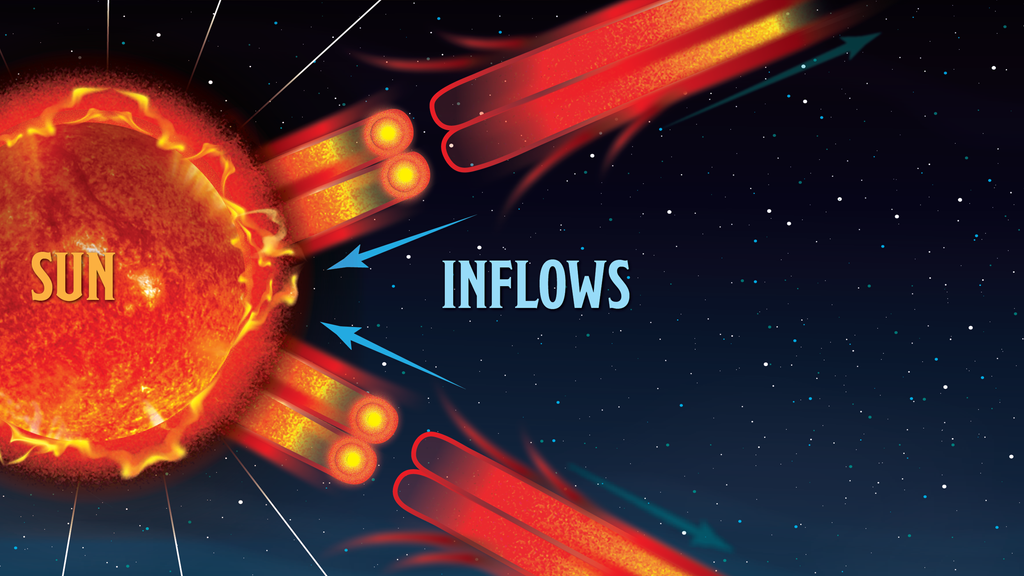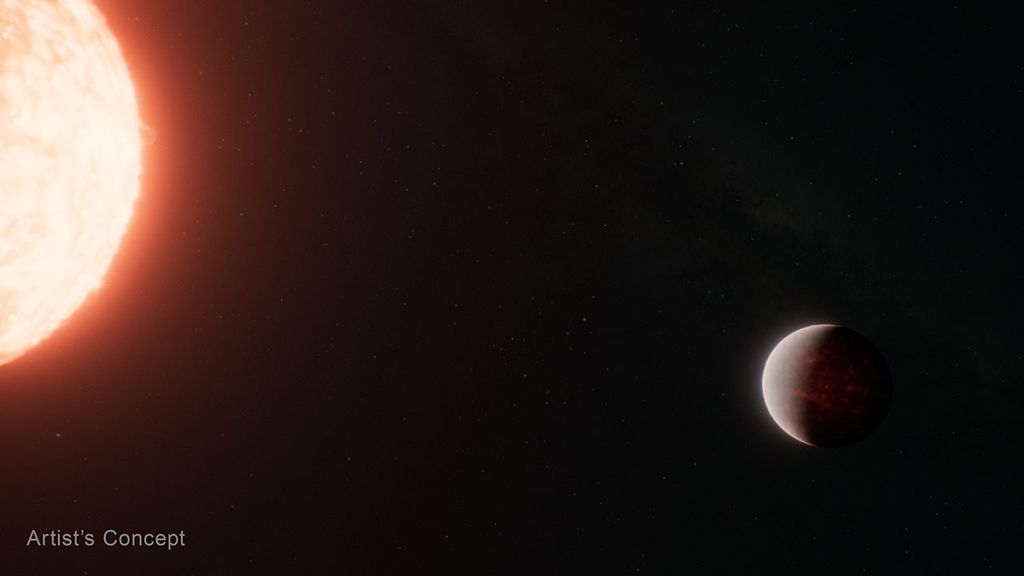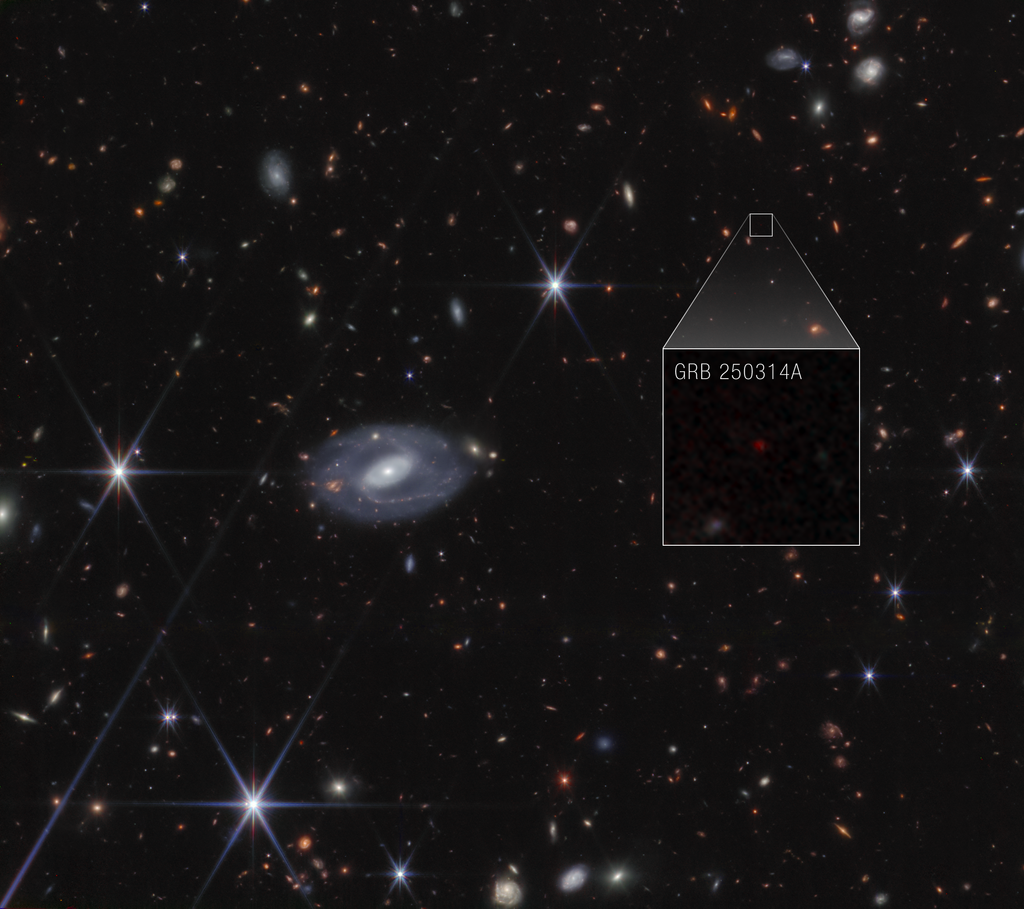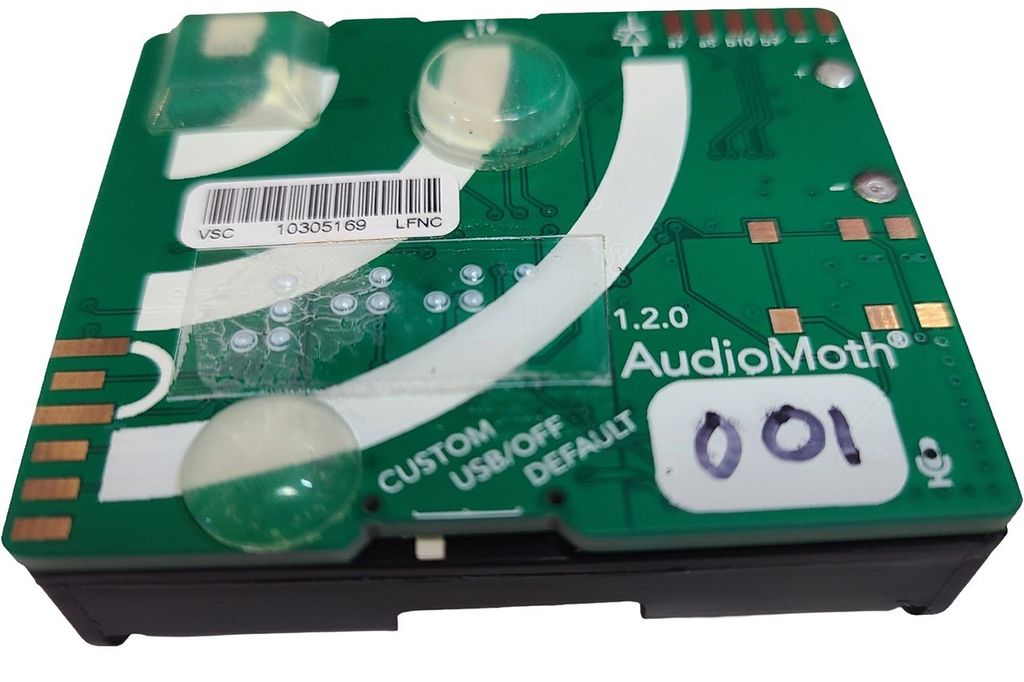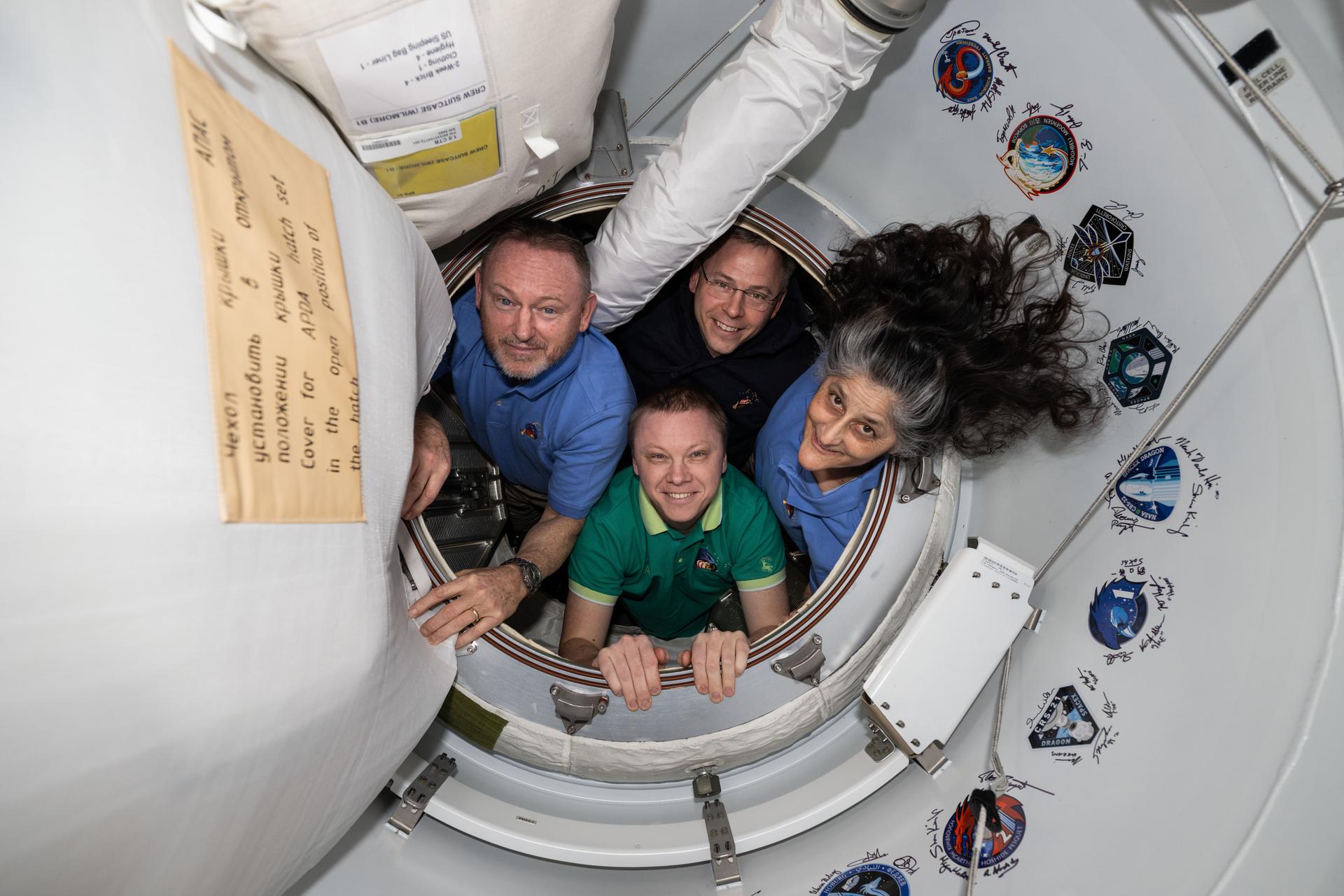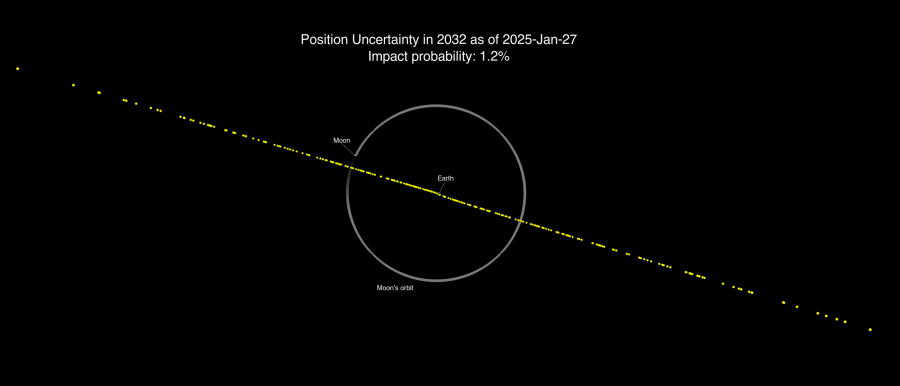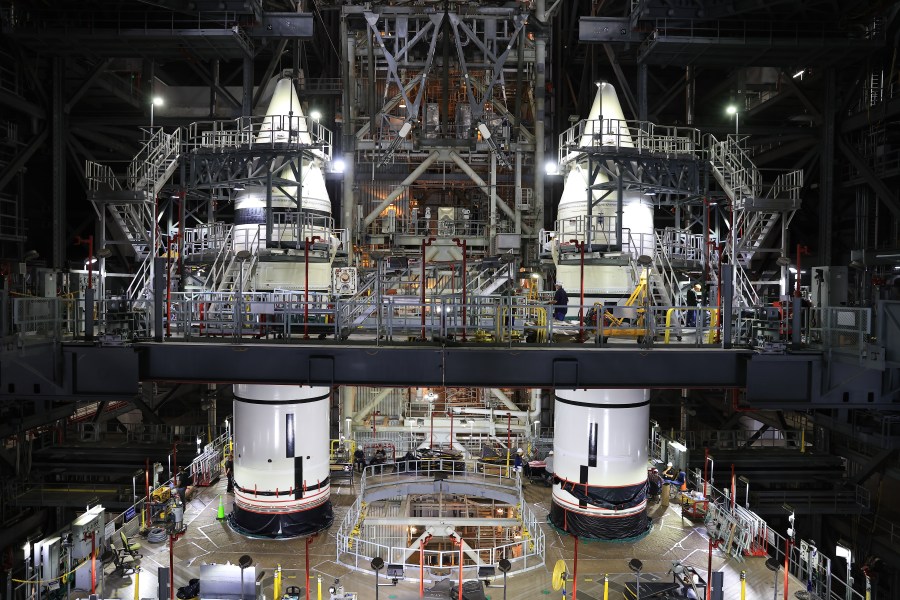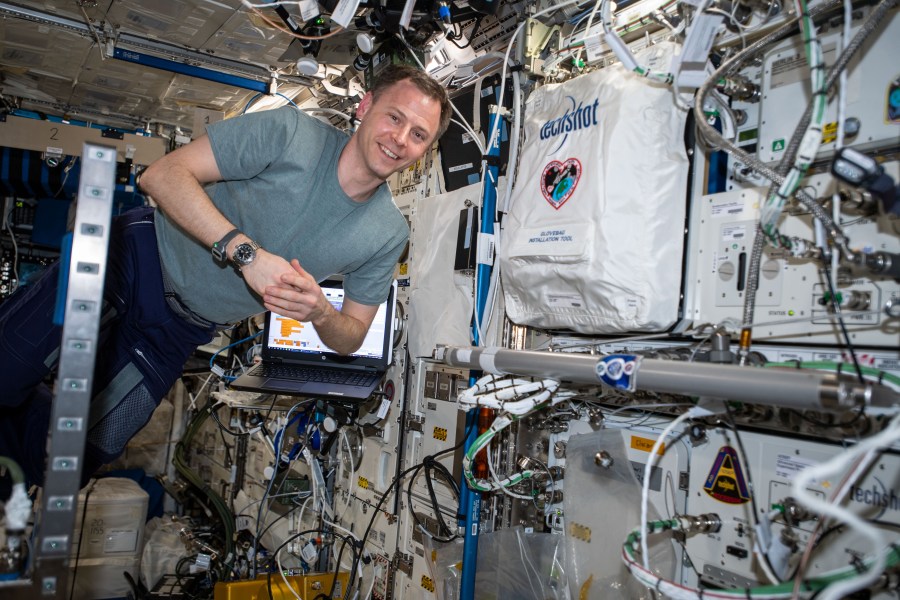NASA and SpaceX now are targeting no earlier than 10:09 p.m. EST (7:09 p.m. PST) on Friday, Feb. 28, for the launch of the agency’s SPHEREx and PUNCH missions. The new date will allow additional time to ensure the vehicle’s readiness ahead of liftoff. SPHEREx and PUNCH will launch on a SpaceX Falcon 9 rocket …
NASA, SpaceX Move Launch of Space Telescope, Sun Missions











